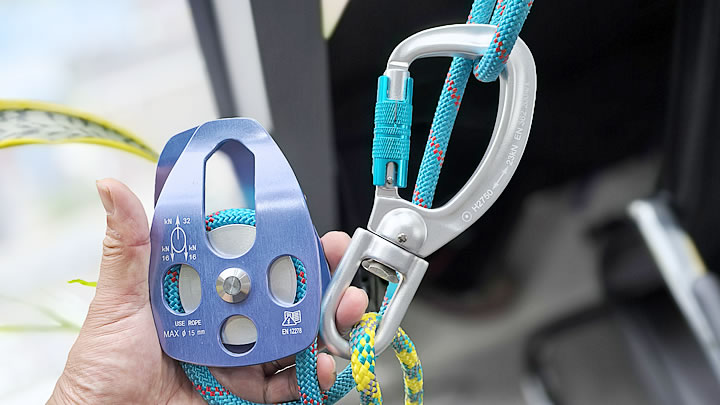How to Hang a Hammock from a Ceiling (Safe Installation Guide)
Hanging a hammock from a ceiling transforms any room into a serene retreat—perfect for reading, napping, or meditating. However, improper installation risks damaging your ceiling, causing falls, or compromising structural integrity. This guide walks you through safe, secure methods, whether you own your home or rent.

Why Ceiling Safety Matters
Ceilings are not designed to hold dynamic loads like swinging hammocks. Hanging one incorrectly can:
- Damage drywall or plaster, leading to costly repairs.
- Strain joists if weight isn’t distributed properly.
- Risk injury if hardware fails mid-swing.
Key rule: Always anchor to ceiling joists (structural beams), not just drywall.
Tools & Materials Needed
- Stud finder (to locate joists)
- Heavy-duty eye bolts (1/2-inch diameter, 300+ lb rating)
- Climbing-grade carabiners
- Polyester straps (avoid stretchy ropes)
- Drill & wrench
- Tape measure
- Optional: Ceiling-mounted tension rod (no-drill alternative)
Step 1: Locate Ceiling Joists
- Use a stud finder to identify joists (typically spaced 16–24 inches apart).
- Mark two joists that align with your desired hammock width (10–14 feet apart).
- Avoid electrical wires or pipes by checking with a stud sensor with wire detection.
Step 2: Install Eye Bolts Securely
- Drill pilot holes: Use a drill bit slightly smaller than your eye bolts.
- Screw in eye bolts: Twist clockwise until the bolt’s base sits flush against the joist.
- Reinforce: Add a washer and nut on the bolt’s threaded end for extra stability.
Pro Tip: For angled hangs (e.g., Brazilian style), install bolts 30° off-center from the hammock’s centerline.
Step 3: Attach the Hammock
- Link straps to eye bolts: Loop polyester straps through the bolts and secure with carabiners.
- Adjust length: Shorten straps for a tighter hang or lengthen for more sag.
- Test the angle: Aim for a 25–30° angle between the strap and ceiling to reduce tension on joists.
No-Drill Alternatives
If drilling isn’t an option (e.g., rentals):
- Ceiling tension rod:Install a heavy-duty rod between two load-bearing walls.Attach straps to the rod (max load: 250 lbs).
- Adhesive beam clamps:Use industrial-strength clamps on exposed beams (not drywall).
- Freestanding stand:Place a stand beneath the hammock to avoid ceiling contact entirely.
Weight Capacity & Safety Checks
- Calculate total load: Include body weight + hammock + dynamic force (e.g., swinging). Example: 200 lbs x 1.5 = 300 lbs minimum capacity.
- Test before use: Apply gradual weight (e.g., sandbags) to confirm stability.
- Inspect monthly: Check bolts for loosening, straps for fraying, and joists for cracks.
Common Mistakes to Avoid
- Anchoring to drywall alone: Drywall anchors can’t handle hammock forces.
- Over-tightening straps: This strains joists—allow a slight sag.
- Ignoring weight limits: Exceeding capacity risks hardware failure.
- Poor joist alignment: Off-center bolts cause uneven stress.
Pro Tips for Comfort
- Add a pillow: Reduces neck strain during long lounging sessions.
- Use a spreader bar: Keeps the hammock flat and prevents cocooning.
- Layer with blankets: Perfect for chilly indoor days.
Final Thoughts
Hanging a hammock from a ceiling is a game-changer for small spaces or indoor-outdoor living—but safety is non-negotiable. By anchoring to joists, using robust hardware, and testing rigorously, you create a secure, cozy haven. Whether you’re a DIY enthusiast or a renter, these methods ensure your hammock stays safely suspended for years of relaxation.






